gar381
Well-known member
Anything new Krcwell ??
GARY
GARY
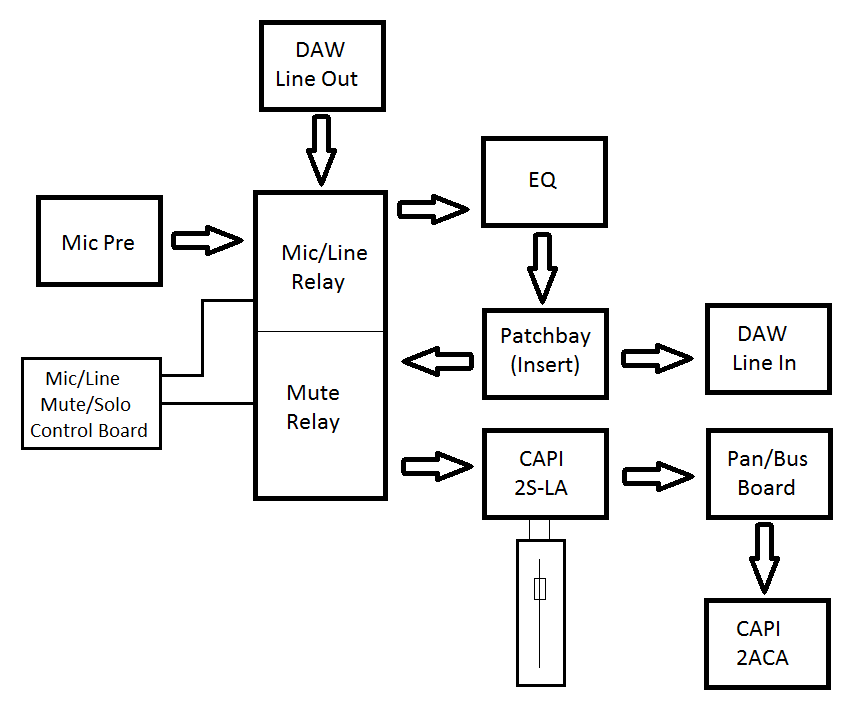
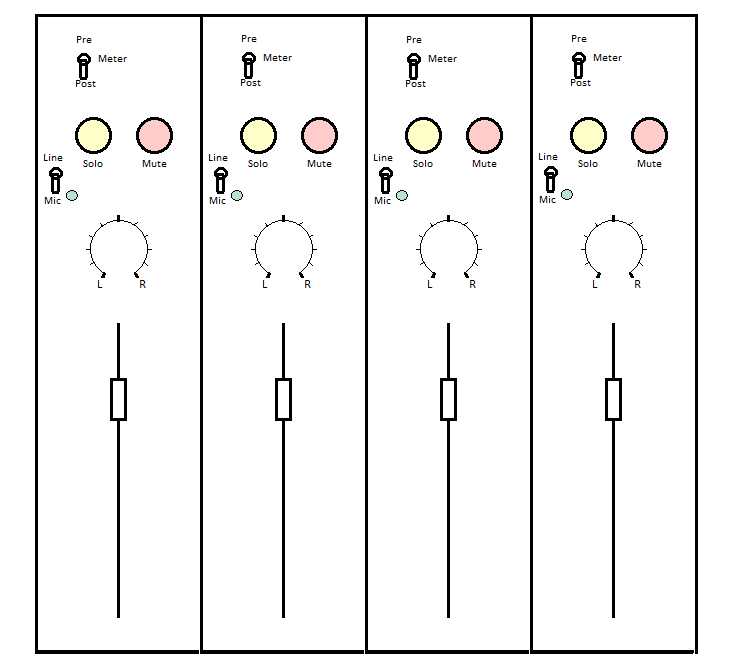
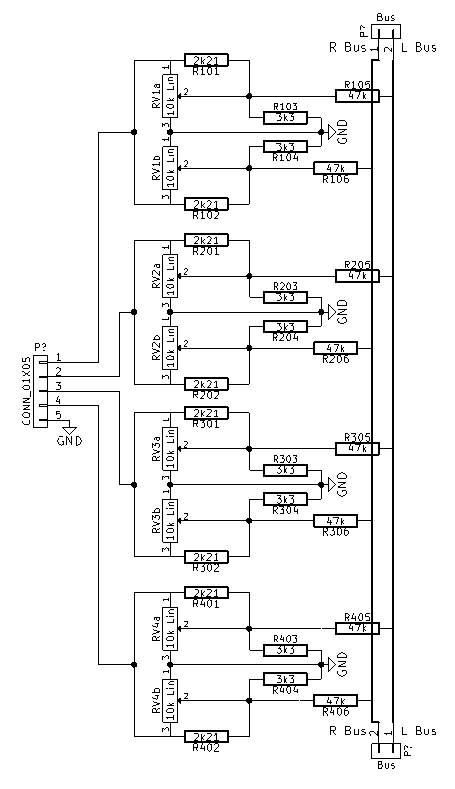
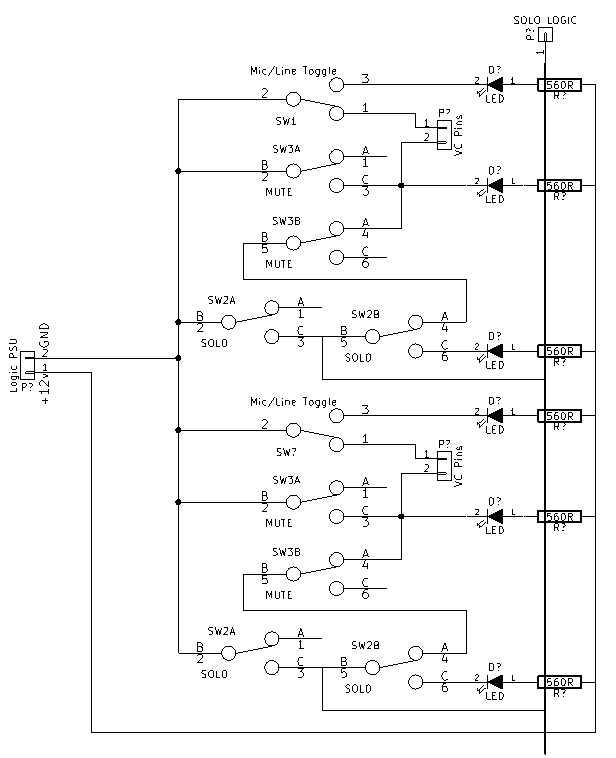
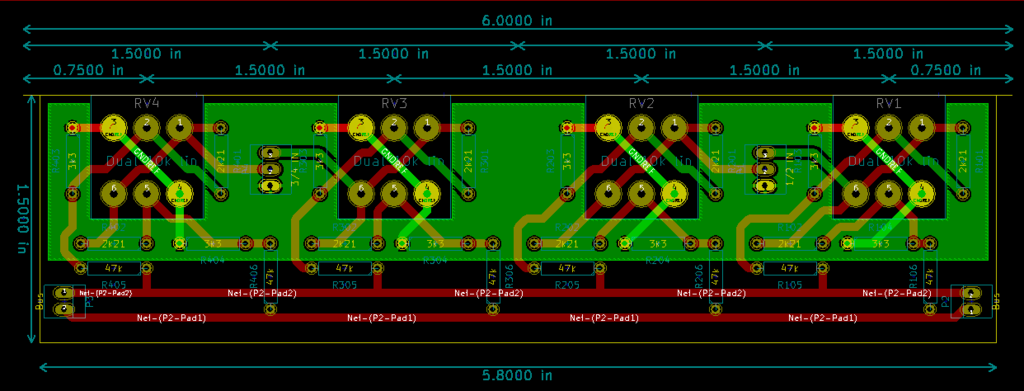
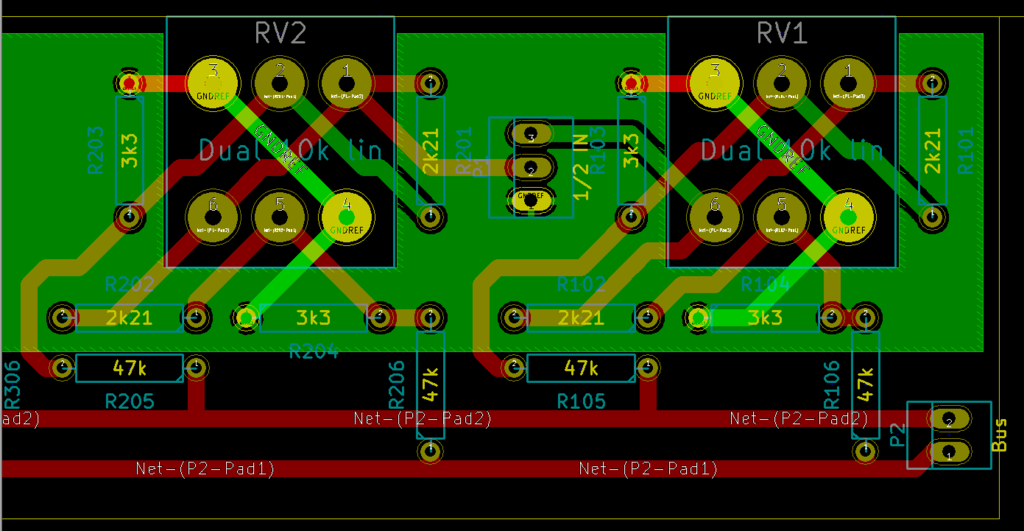

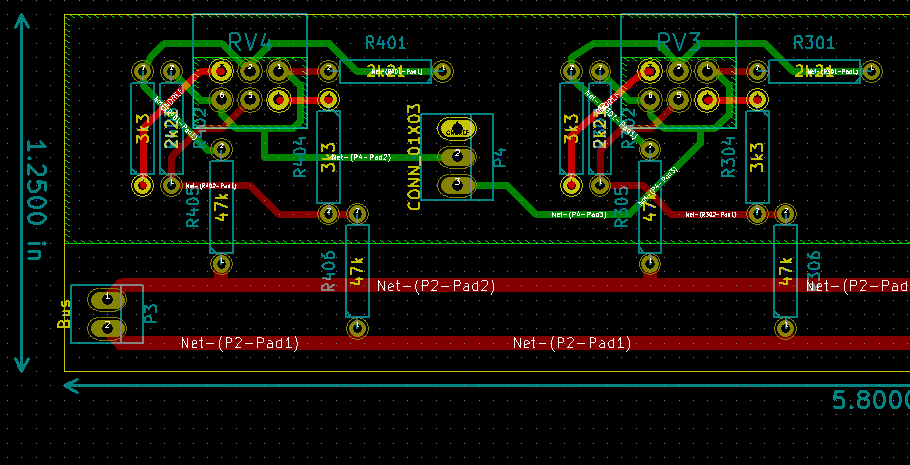
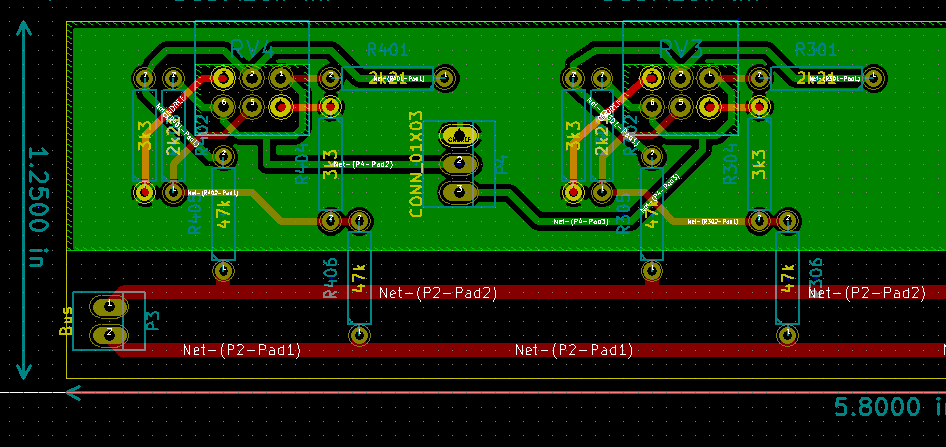
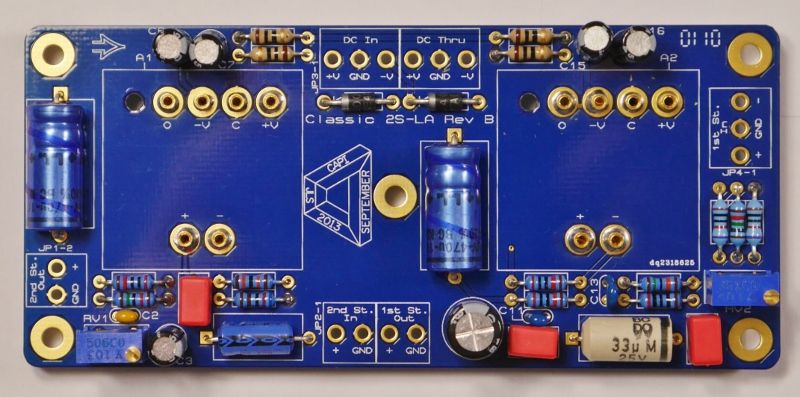
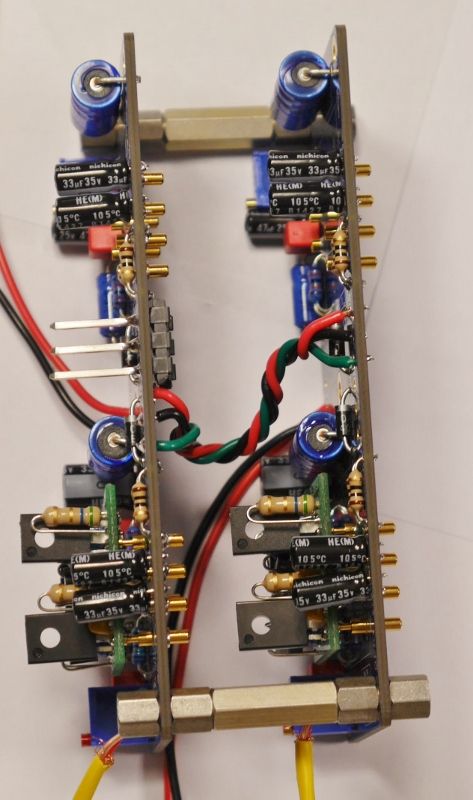
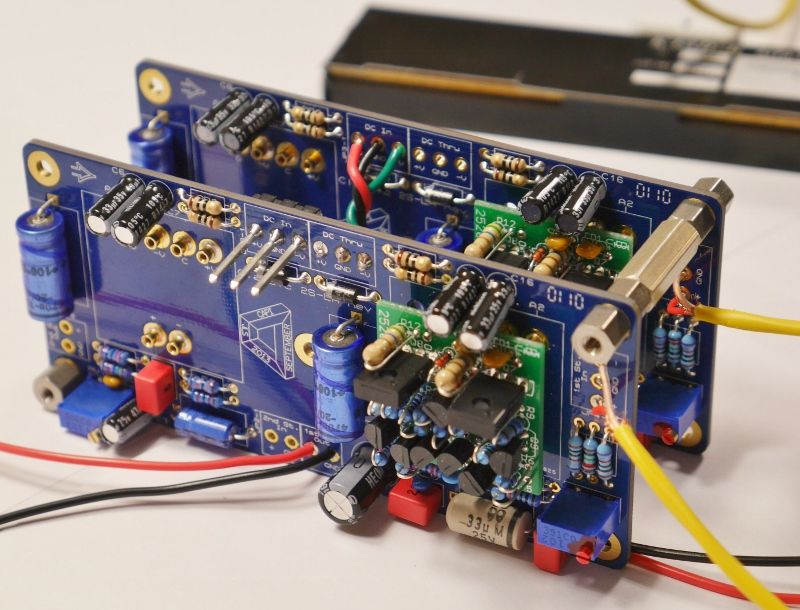
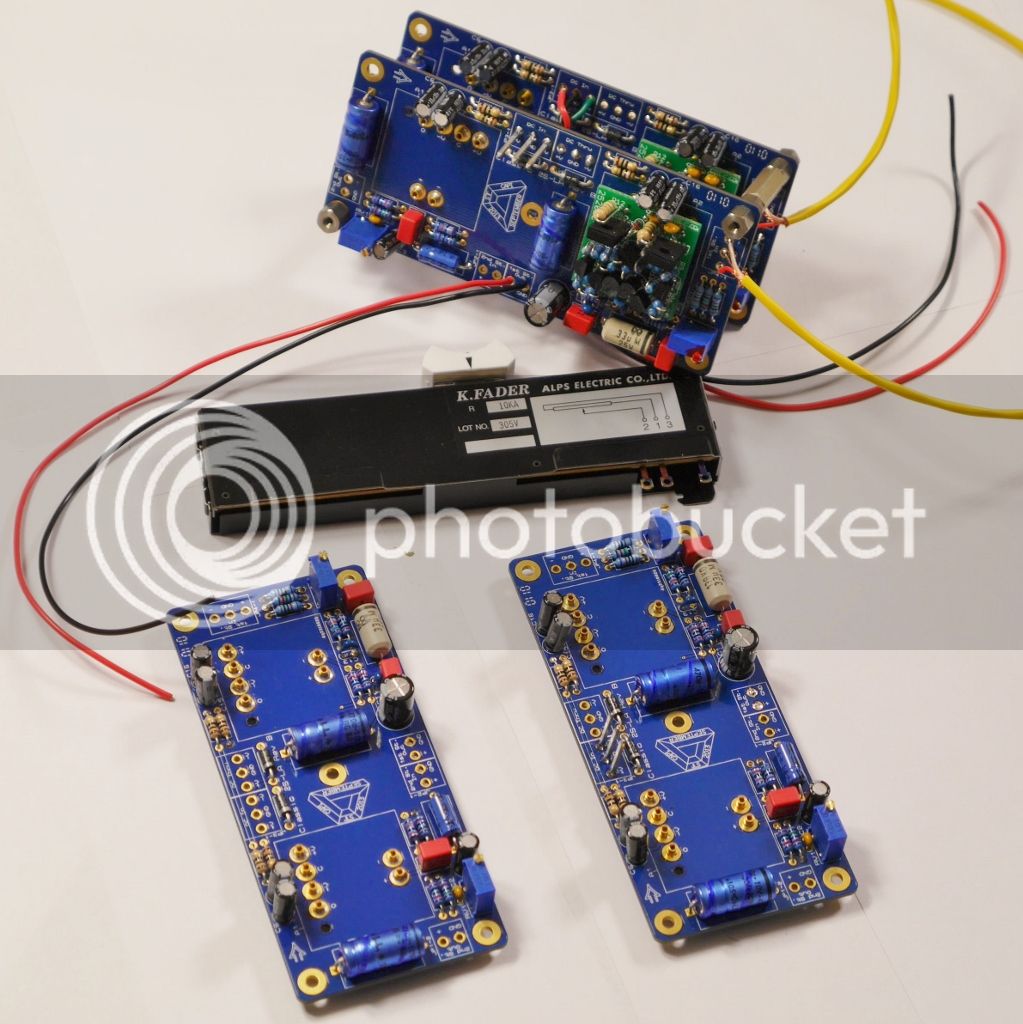
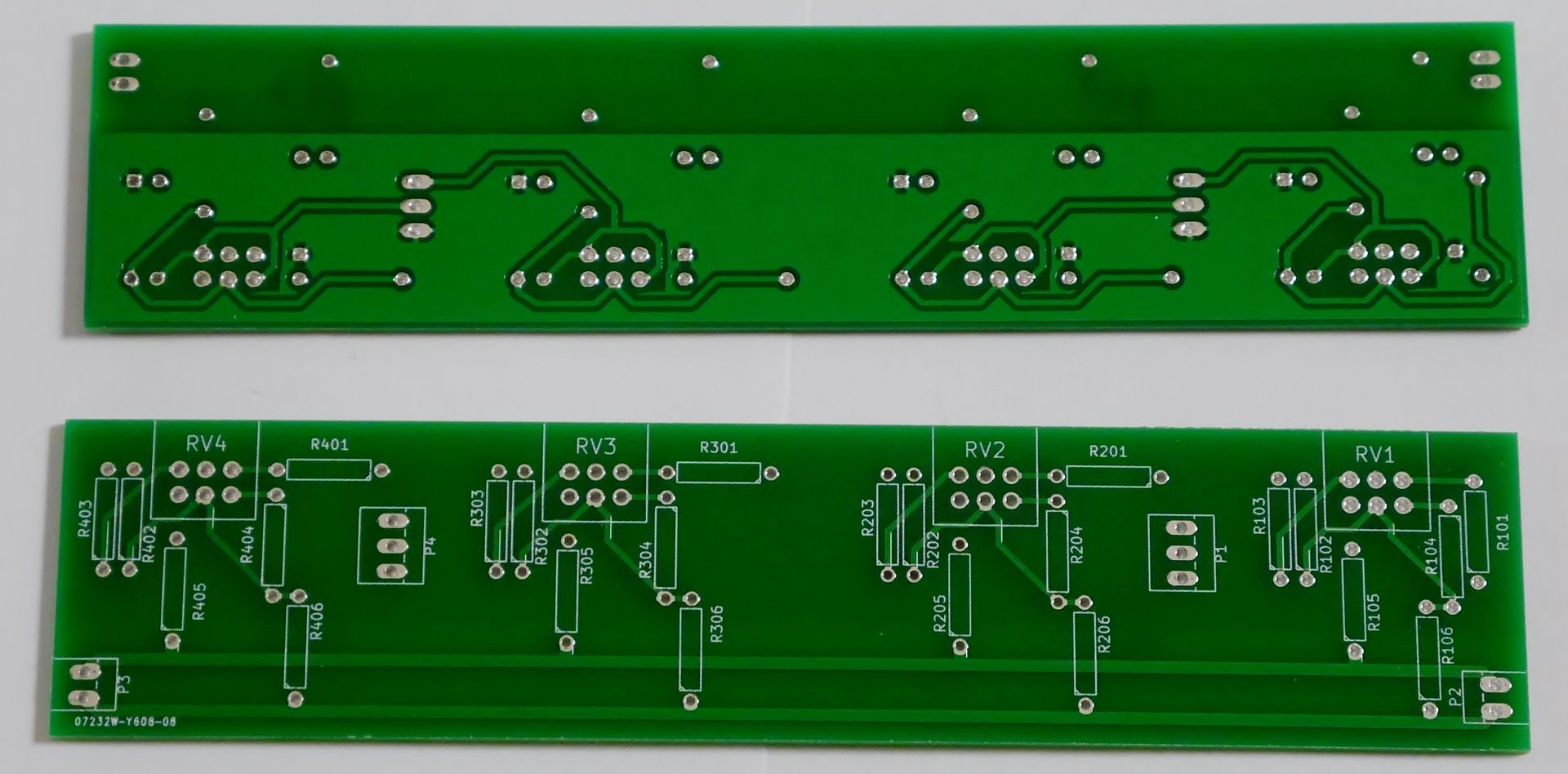
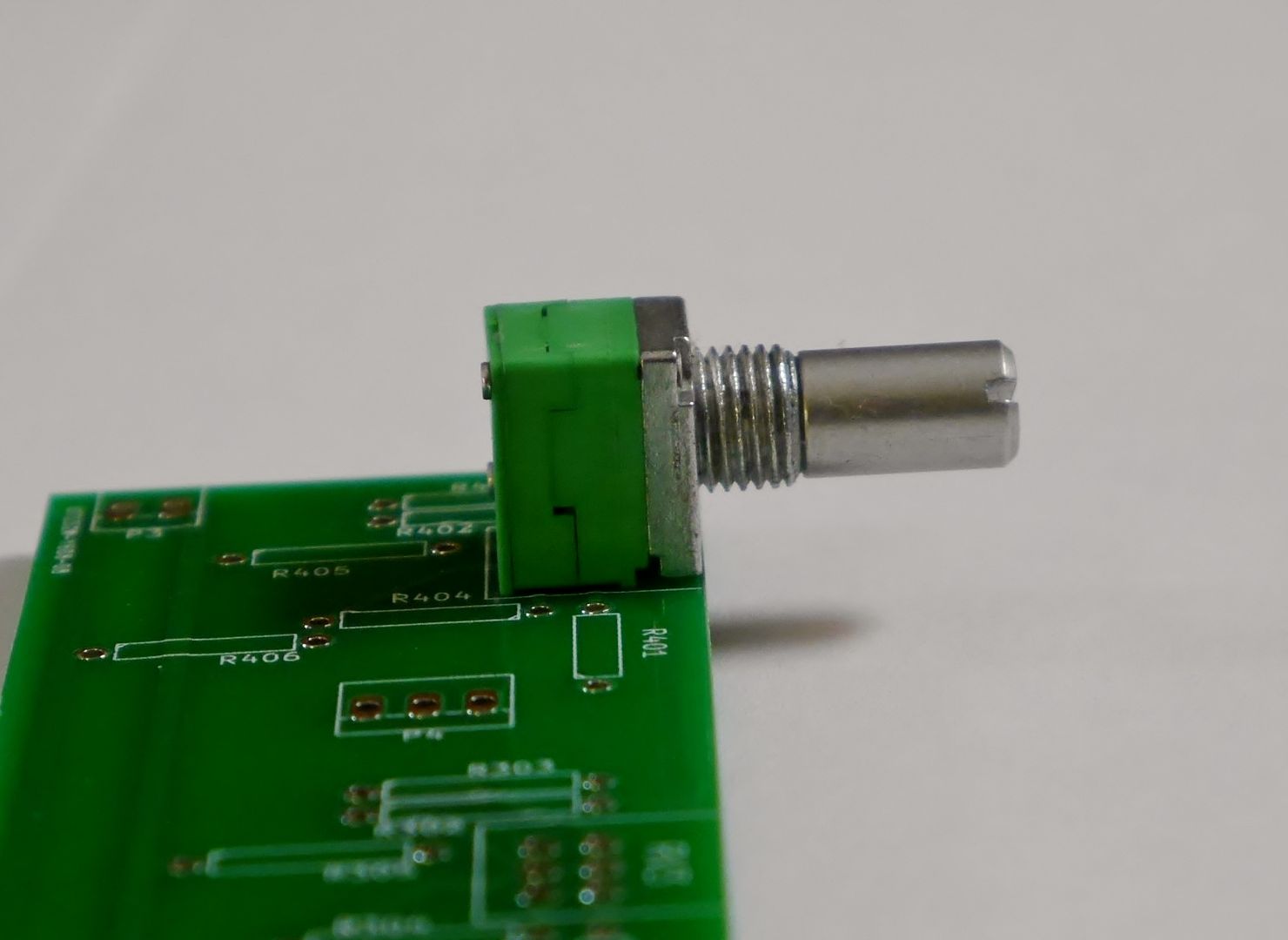
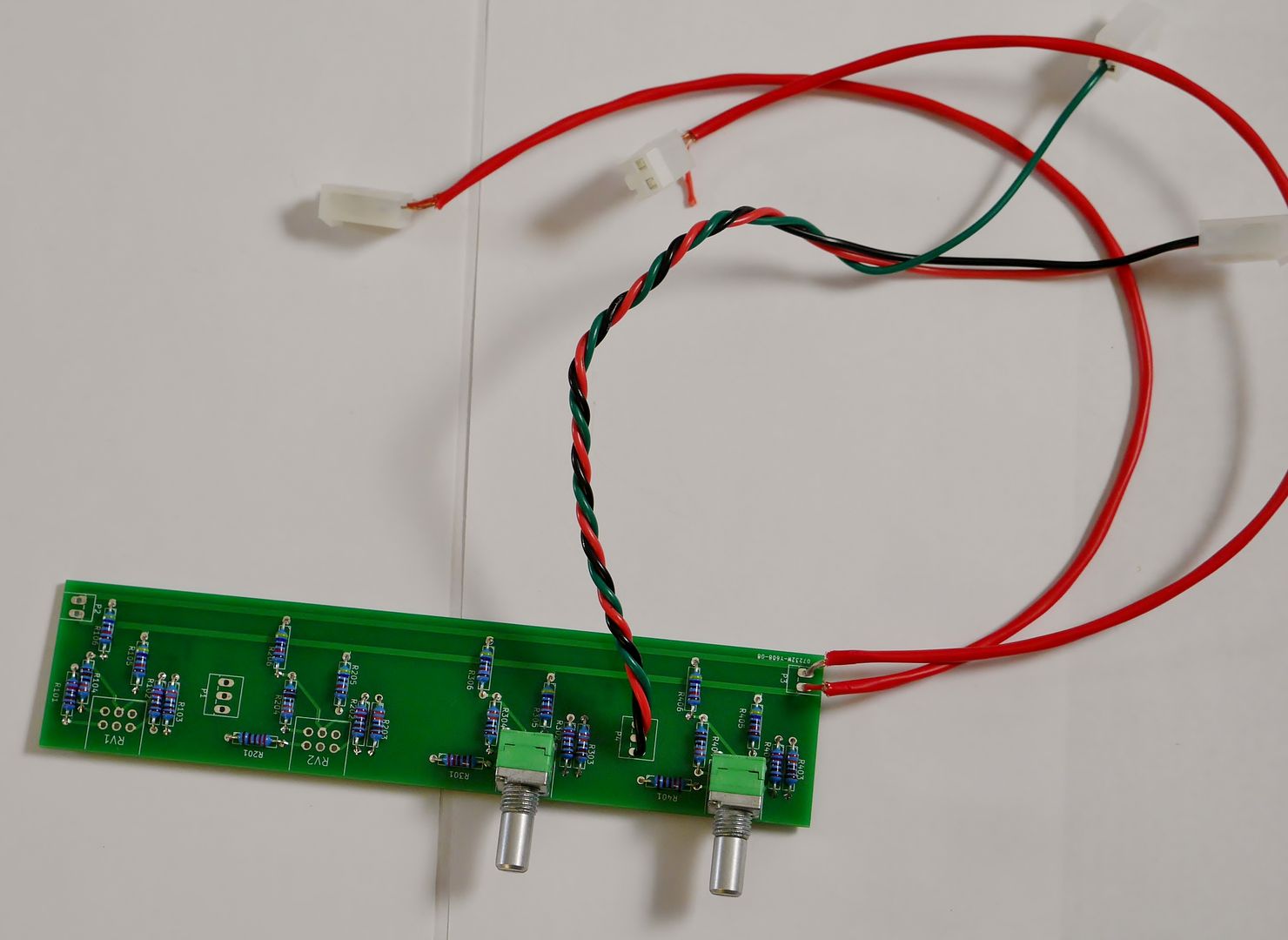
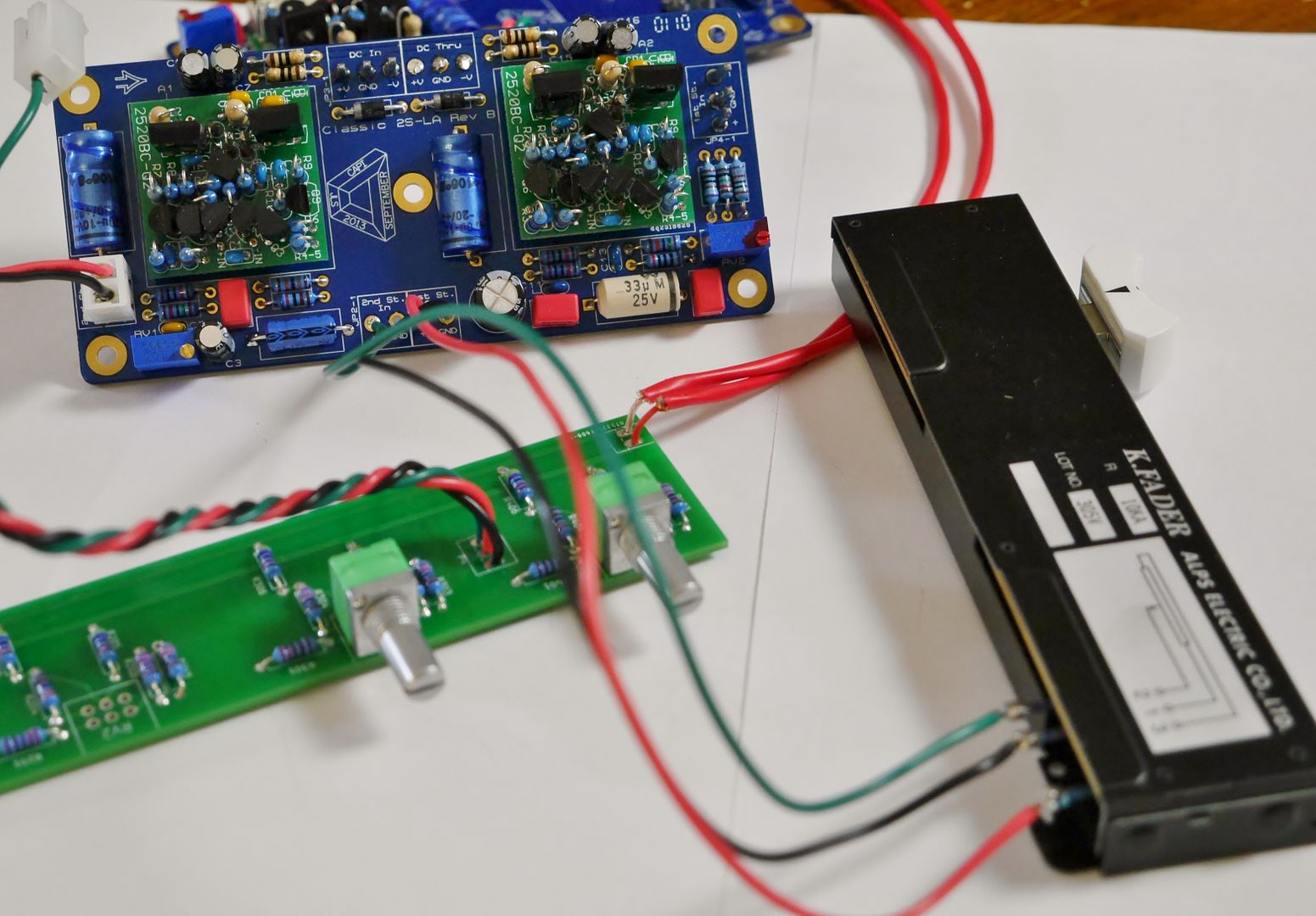
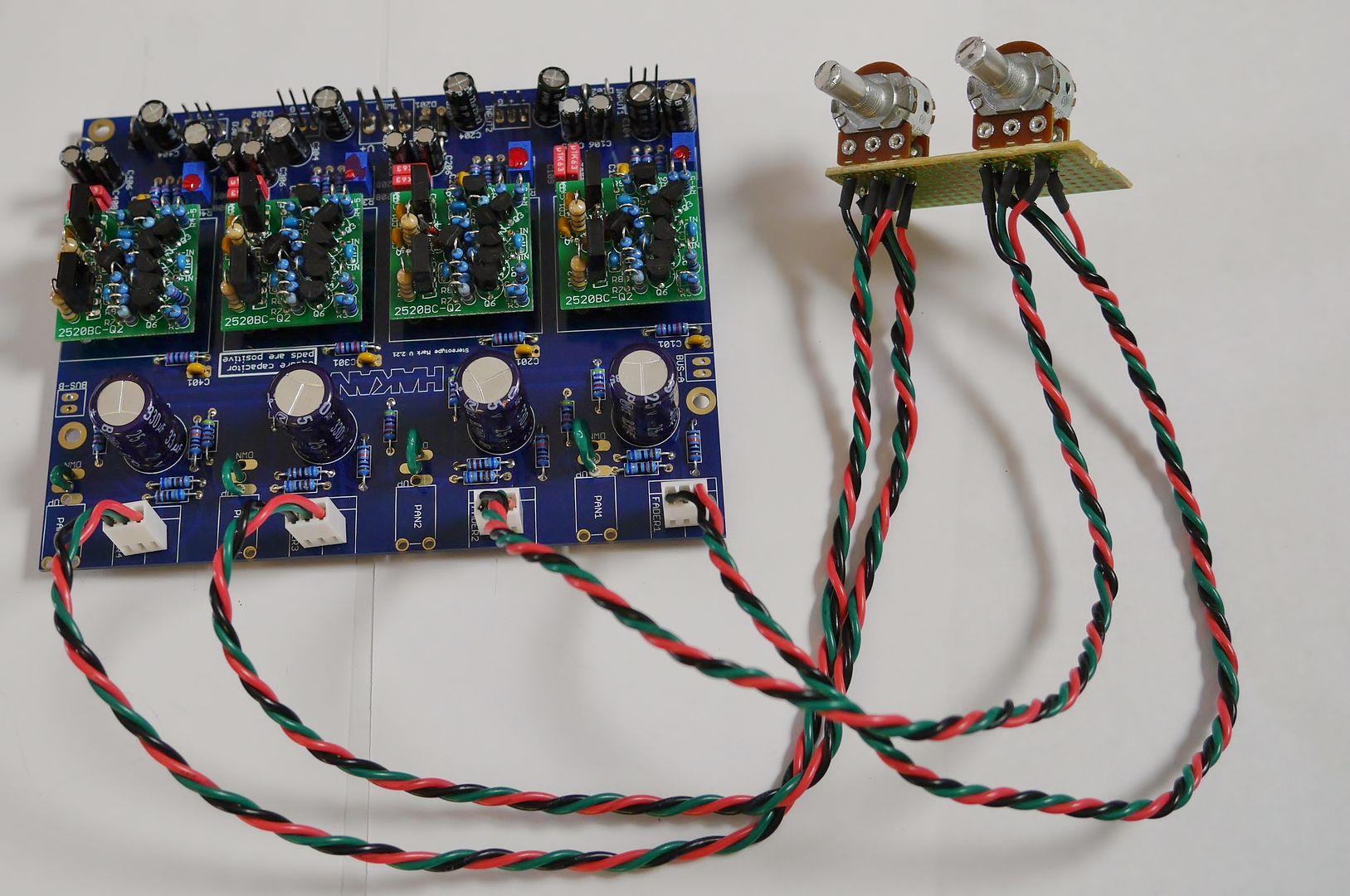
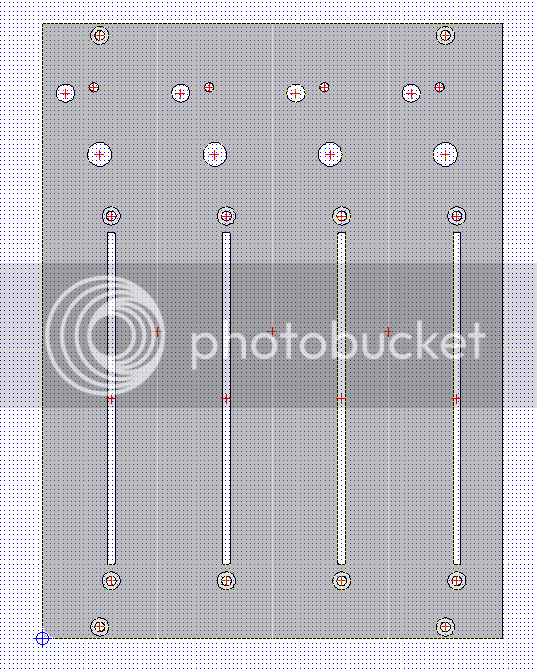
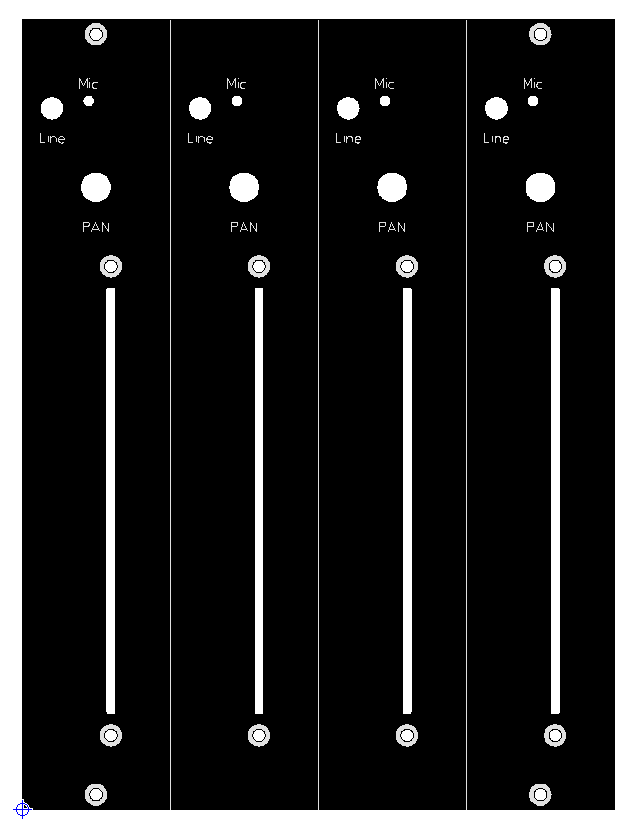
Krcwell said:Center panned, I'm at -17dB, so approx. -5dB from hard panned. Jeff's panning schematic says it will give approx. -4.25dB pan law at center. Given the rather mediocre testing setup I'm using, I figure the -5dB I'm seeing is close enough. It sounds very natural throughout the panning spectrum thus far.
Unless my logic is totally off, everything seems to be working as it should. However, I would appreciate if someone could confirm or deny that!
Thanks,
Keith
[/quote
Hi Keith,
your logic isn't completely off, everything seems ok with your tests. But it was a bit hard to understand. It seems that you are talking about dBFS most of the time even if you call it dB.
It would be clearer if you would use the good units.
dBFS : digital scale OdBFS = Full Scale
dBV: analog voltage level 0dBV = 1V
dBu: analog voltage level UdBu = 0,775V
dB: refers to a gain (or loss) in any scale.
As for the frontpanel, it seems to be just fine.
Cheers,
Thomas
totoxraymond said:Hi Keith,
your logic isn't completely off, everything seems ok with your tests. But it was a bit hard to understand. It seems that you are talking about dBFS most of the time even if you call it dB.
It would be clearer if you would use the good units.
dBFS : digital scale OdBFS = Full Scale
dBV: analog voltage level 0dBV = 1V
dBu: analog voltage level UdBu = 0,775V
dB: refers to a gain (or loss) in any scale.
As for the frontpanel, it seems to be just fine.
Cheers,
Thomas
Krcwell said:With dB itself measuring the gain or loss in any scale, is it correct to say that a decrease from 0 dBV to -5 dBV / 0 dBu to -5 dBu / 0 dBFS to -5 dBFS would all be a decrease of 5 dB?
Enter your email address to join: